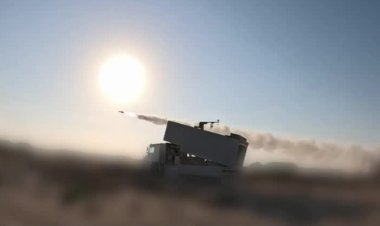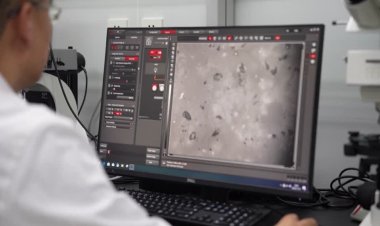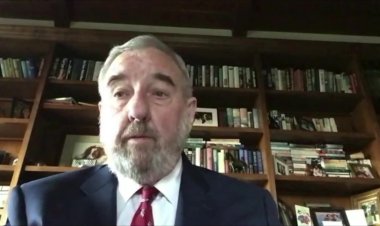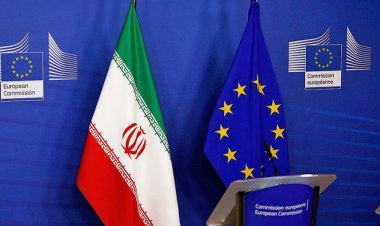Without Russia, the gas now rises in the West
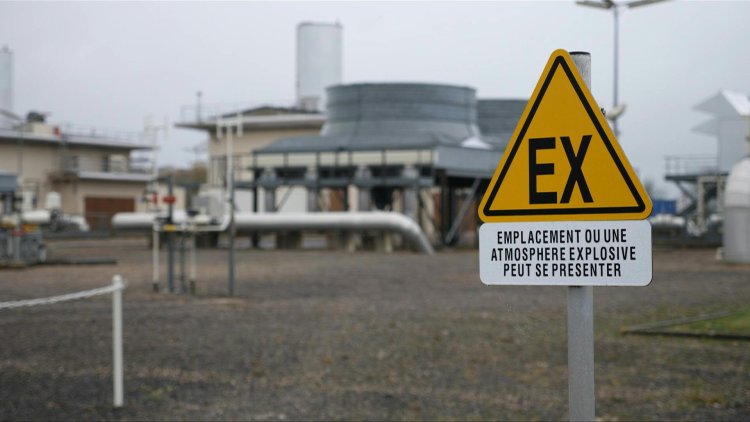
Near Vittel, the Malmaison compressor station sucks up the gas arriving from Norway, Qatar or the United States to push it towards Europe and in particular Germany as a winter almost without Russian gas begins.
At the heart of a bucolic landscape, this industrial site carries out a discreet but essential mission to transport gas to Europe, in particular to Germany, which was 55% dependent on Russia before the war in Ukraine.
On the surface, valves and pipes but little spectacular activity on this remotely controlled site, where only four people work.
The Malmaison station is no less strategic: it provides the interconnection between a gas pipeline which brings gas, in particular from Norway, from Dunkirk to the north, another in the direction of Switzerland, a gas pipeline which historically brought from the northeast the Russian gas from Germany to the south of France.
There are 26 gas compression stations like those of Morel Maison distributed in France on the network of 32,527 km of pipes managed by the French gas transport manager GRTgaz.
They make it possible to interconnect the arteries which arrive and leave the station by a set of valves, but also thanks to turbines to raise the gas pressure to compensate for the losses caused during transport.
With the drying up of Russian gas in the pipes, Europe had to diversify its supplies, using Norwegian natural gas and liquefied natural gas from Qatar and the United States, which arrives by ship in four French LNG terminals running at full regime.






